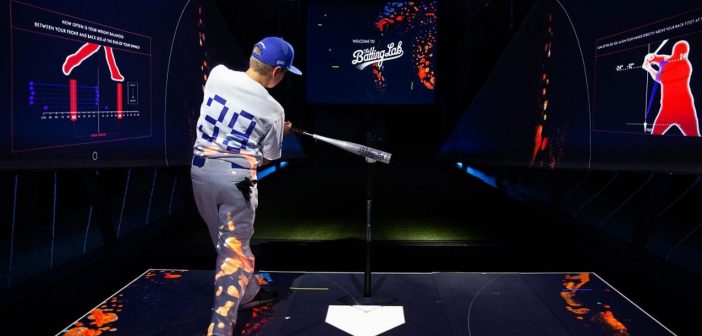The SAS Data Science Blog
Advanced analytics from SAS data scientists
SAS research statistician Ji Shen reveals how to train a machine to be a batting coach.

SAS' Michael Lamm gives an overview of Bayesian Additive Regression Trees (BART) and demonstrates training and scoring BART models in SAS Visual Statistics.

Robert Blanchard's role as a data scientist at SAS has afforded him the flexibility to live where he wants, in his case, on a beach in San Diego.

The Proc Python procedure, Python code editor & Python code step facilitate low-code analytics calling Python and SAS from a common interface. Data scientists also appreciate the connection to Python & R through the Model Studio Open-source Code node. Older methods of interaction include the swat and sas_kernel packages running on Python clients.

SAS' Ricky Tharrington and Jagruti Kanjia explain two ways bias shows up in model predictions.

The Vehicle Routing Problem (VRP) algorithm aims to find optimal routes for one or multiple vehicles visiting a set of locations and delivering a specific amount of goods demanded by these locations. Problems related to the distribution of goods, normally between warehouses and customers or stores, are generally considered vehicle routing problems. For this article's example, let’s consider a real (and awesome) brewery that needs to deliver beer kegs to different bars and restaurants throughout multiple locations.





